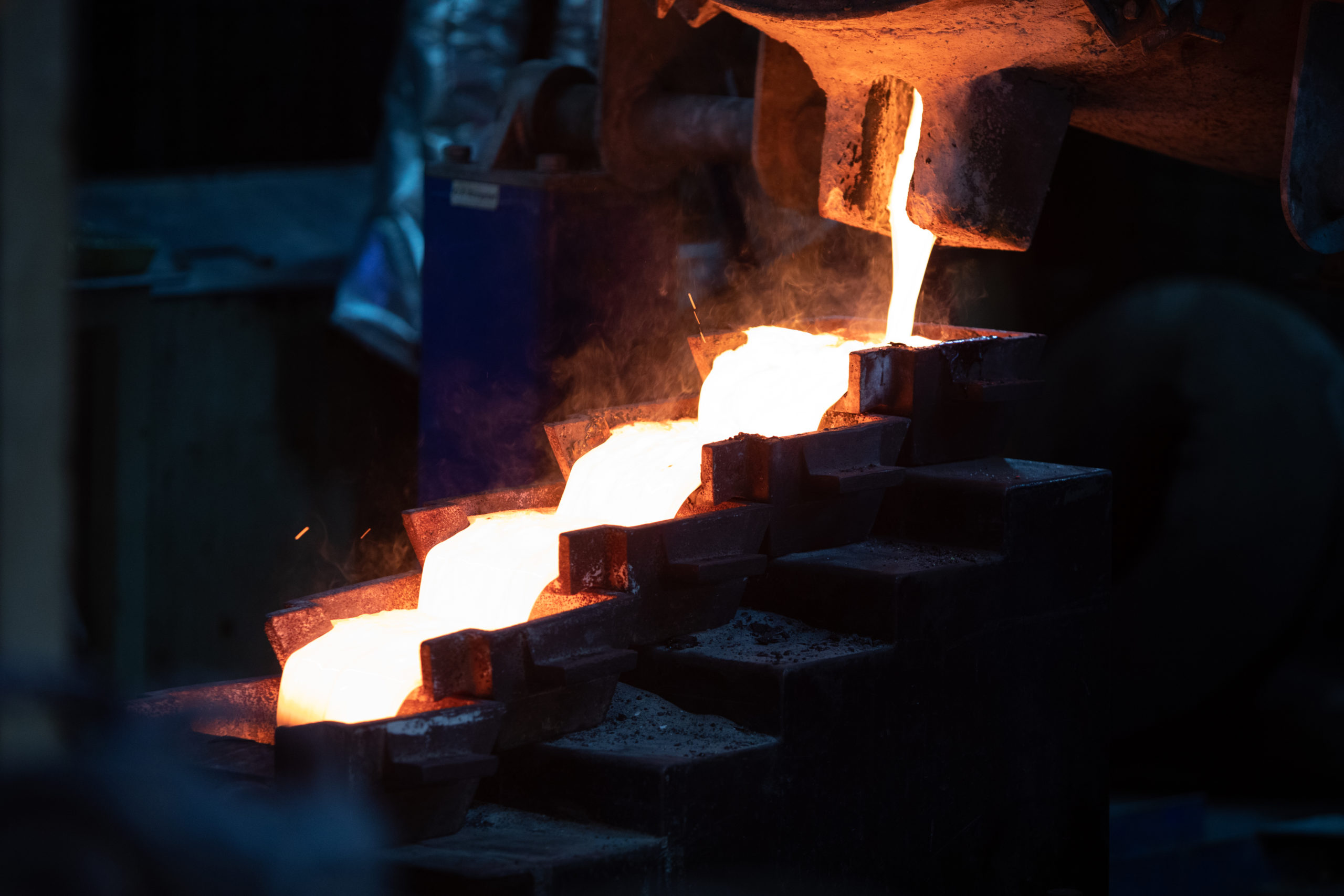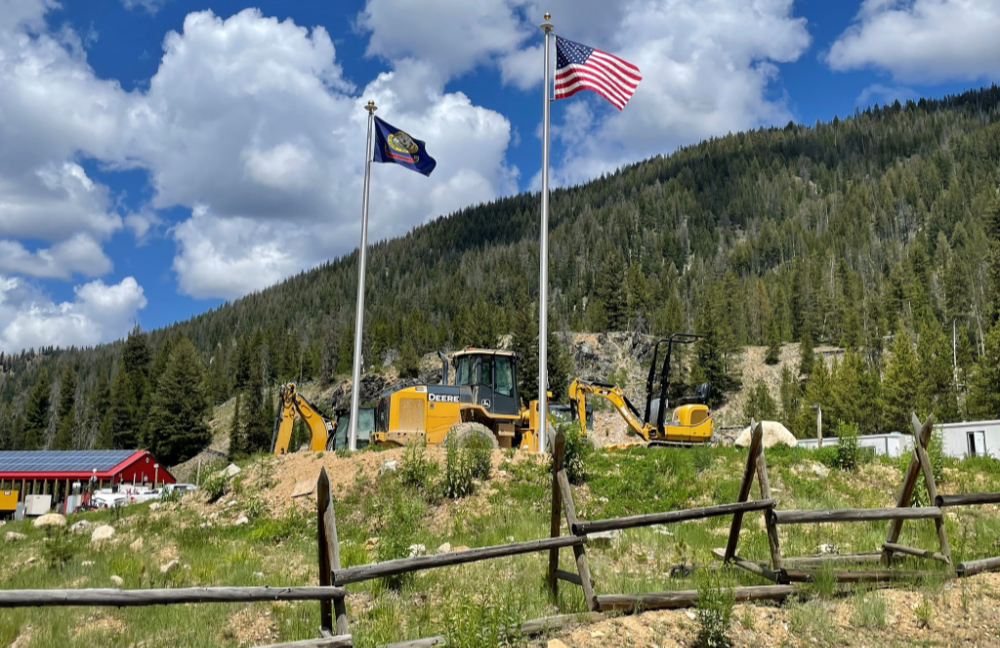Congo and cobalt critical
What makes a metal critical:
- The availability or lack of these elements can have major impacts on energy systems and significantly increased demand could strain supply. That could cause massive price increases or even unavailability and therefore discourage the use of new technologies
- Most of these critical elements are produced as byproducts in the production of other metals so ramping up production can be extremely difficult
- Relentless demand for high-tech consumer products in emerging countries
- Ongoing material research that is exploding uses for these critical metals
- Very low substitutability
- Virtually no recycling
- Because of the relative scarcity of critical metals their extraction often involves processing large amounts of materials which sometimes causes unacceptable environmental damage and, because critical metals are often a byproduct of the production of other metals, the timeline required for new production is dependent on the price of those other metals
- Critical metals also have a very high supply risk because a large share of the worldwide production comes mainly from a handful of countries
The U.S. Department of Energy says materials used in four clean energy technologies: wind turbines, electric vehicles, solar cells and energy efficient lighting are critical now. The American Physical Society’s Panel on Public Affairs and the Materials Research Society coined the term “energy critical element” to describe elements that are essential to one or more of the new energy-related technologies. The European Union commissioned a report that identified 14 materials critical to the EU.
Only four metals or element groups made all three lists: Rare Earth Elements (REE), platinum group elements (PGE), lithium and cobalt.
Cobalt
Green initiatives have become a global focus point for many investors.
There can be absolutely no dispute that cobalt holds a critical role in the future green energy economy for its use in solar panels and in the blades and magnets for wind turbines and for its use in the rechargeable batteries used in electric vehicles and consumer electronics. Cobalt is also used in the high-speed, high-strength wear-resistant alloys that are used in aerospace and military technologies. Cobalt also has many industrial uses such as a catalyst in desulfurizing crude oil and in hydrogen generation oxidation. It is used in natural gas-to-liquid technology, orthopedics and life sciences.
Even though cobalt is one of the thirty most abundant elements in the earth’s crust, it has an extremely low concentration, just 0.002 percent so it is rare to find it in economical standalone deposits.
“Identified world cobalt resources are about 15 million tons. The vast majority of these resources are in nickel-bearing laterite deposits, with most of the rest occurring in nickel-copper sulfide deposits hosted in mafic and ultramafic rocks in Australia, Canada, and Russia, and in the sedimentary copper deposits of Congo (Kinshasa) and Zambia.” United States Geological Society USGS
Approximately 48% of the world’s 2007 mined cobalt was a byproduct of nickel mining from sulfide and laterite deposits. An additional 37% was produced as a byproduct of copper operations, mainly in the Democratic Republic of the Congo (DRC) and Zambia. The remaining 15% of cobalt mining came from primary producers.
There are very, very few primary cobalt deposits in the world today.
Democratic Republic of Congo (DRC)
The DRC holds two major distinctions. First, it is the richest country in the world in terms of mineral wealth, at an estimated $24 trillion, and it is the country in which the highest number of people – estimates go as high as ten million – have died due to war since World War II.
“The wars in that country have claimed nearly the same number of lives as having a 9/11 every single day for 360 days, the genocide that struck Rwanda in 1994, the ethnic cleansing that overwhelmed Bosnia in the mid-1990s, the genocide that took place in Darfur, the number of people killed in the great tsunami that struck Asia in 2004, and the number of people who died in Hiroshima and Nagasaki — all combined and then doubled.” Vava Tampa, Why the world is ignoring Congo war.
The DRC, rated by the IMF as the world’s poorest country, is widely regarded as the world’s richest in natural resources.
The Congo’s staggering economic potential (the DRC contains five percent of the world’s copper and 50 percent of its cobalt) is matched only by its poverty and corrupt mismanagement.
The Democratic Republic of Congo ranks last on the UN Human Development Index (HDI) rankings which represent an annual assessment of measures of progress in human well-being. Countries at the bottom of the list suffer from inadequate incomes, limited schooling opportunities and low life expectancy rates due to preventable diseases such as malaria and AIDS.
The report stresses that a lot of the problems encountered by countries with low rankings are worsened by armed conflicts and its devastating consequences.
Life expectancy in the Democratic Republic of Congo is less than 48 years, one of five children will die before age five and almost sixty percent of the country’s 71 million people live on less than $1.25 per day.
The DRC ranks as one of the least equitable countries in the 2011 Gender Inequality Index (GII), which shows rankings of gender equality based on a composite index of reproductive health, years of schooling, parliamentary representation, and participation in the labour market.
Transparency International’s 2011 corruption perception index ranked the DRC tied with Libya at 168 – at the time the countries were ranked Libya was embroiled in a civil war.
UN special Representative Margot Wallstrom called the DRC “the rape capital of the world” and both government forces and the militias in control of various parts of the country practice it.
“In 1994 the world watched Africa in horror as some 800,000 people were killed without regard for sex or age over the course of some hundred days; it was the Rwandan Genocide and commanded global guilt if not global action. In March, 1998, President Bill Clinton stood on the tarmac of Rwanda’s Kigali airport and expressed to on looking crowds his failure to stop the genocide was the “biggest regret” of his presidency. Only six months later residual Hutu-Tutsi hostilities ignited the Second Congo War which lasted five years, directly involved eight African nations and twenty-five armed groups, claimed 5.4 million lives, and garnered little global attention. While the deadliest conflict since WW2 may have been initiated by deep ethnic and political tensions, the violence and bloody aftermath which perpetuates today was driven in large part by something deeper still: Congo’s mineral wealth.
Many of Africa’s resource-rich countries emerge from years of civil war with residual conflict zones, but in this case Congo is in a tragic class of its own. The enduring legacy of the Second Congo War is the continuing conflict in Congo’s eastern provinces…Known as the Kivu Conflict, in 2004 this armed struggle between government forces and rebel militias picked up the Second Congo War’s bloody baton and continues today due to innumerable artisanal mines funding a perpetual conflict whose brutality includes mass rape, mutilation, and cannibalism. The UN believes over 50% of the region’s 200 mines are controlled by armed forces which employ illegal taxation, extortion, forced labor, and violence to ensure the flow of mineral wealth. According to one CNN report eastern Congo’s armed groups generate some $180 million through the illicit trade of tin, coltan, tungsten, and gold which are easily traded across the porous eastern frontier and funneled into the international market…This volatile mixture of extraordinary mineral wealth, ethnic tension, and proxy armies can drag the region into another brutal war…With tensions high and 1994’s genocide still casting its shadow over the region another devastating war remains a looming and distinct possibility.” Nathan William Meyer, Deal of the Century: Will Chinese Investment Save Congo
The copper deposits in the Katanga Province of the Democratic Republic of the Congo are the world’s top producers of cobalt and the political situation in the Congo influences the price of cobalt significantly. The politically unstable Democratic Republic of Congo contains approximately half of known global cobalt reserves and 40-50 percent of incremental cobalt production, over the next five years, is anticipated to emanate from the DRC.
Security of Supply
Access to raw materials at competitive prices has become essential to the functioning of all industrialized economies. As we move forward developing and developed countries will, with their:
- Massive population booms
- Infrastructure build out and urbanization plans
- Modernization programs for existing, tired and worn out infrastructure
Continue to place extraordinary demands on our ability to access and distribute the planets natural resources.

PricewaterhouseCoopers, Resource Scarcity
Threats to access and distribution of these commodities could include:
- Political instability of supplier countries
- The manipulation of supplies
- The competition over supplies
- Attacks on supply infrastructure
- Accidents and natural disasters
- Climate change
Accessing a sustainable, and secure, supply of raw materials is going to become the number one priority for all countries. Increasingly we are going to see countries ensuring their own industries have first rights of access to internally produced commodities and they will look for such privileged access from other countries.
Numerous countries are taking steps to safeguard their own supply by:
- Stopping or slowing the export of natural resources
- Shutting down traditional supply markets
- Buying companies for their deposits
- Project finance tied to off take agreements
Mining Laws Changed
The Democratic Republic of Congo is seeking to enlarge its stake from five percent to 35 percent in projects that are “free of charges and non-dilutable” and increase royalties to gain greater state revenues from the sector.
Proposals also include doubling royalties on some minerals and introducing a 50 percent levy on miners’ “super profits” – when a commodity’s price rises over 25 percent compared with its level at the time of the project’s feasibility study.
Other proposed changes include scaling back the length of exploration permits to three years, from the four and five year permits available under the current code.
The exploitation phase of mining licenses will be reduced to 25 years from 30 years.
Conclusion
More than two-thirds of the world’s cobalt is supplied by the Democratic Republic of the Congo.
Demand for cobalt is expected to rise at about seven percent yoy to over 100,000 tonnes by 2016 and industry experts say more stable sources of cobalt are needed.
A junior with a primary cobalt deposit should be on all our radar screens. Have you got one such junior on your radar screen?
If not, maybe you should.
Richard (Rick) Mills
rick@aheadoftheherd.com
Richard is the owner of Aheadoftheherd.com and invests in the junior resource/bio-tech sectors. His articles have been published on over 400 websites, including:
WallStreetJournal, SafeHaven, MarketOracle, USAToday, NationalPost, Stockhouse, Lewrockwell, Pinnacledigest, UraniumMiner, Beforeitsnews, SeekingAlpha, MontrealGazette, CaseyResearch, 24hgold, VancouverSun, CBSnews, SilverBearCafe, Infomine, HuffingtonPost, Mineweb, 321Gold, Kitco, Gold-Eagle, The Gold/Energy Reports, Wealthwire, CalgaryHerald, ResourceInvestor, Mining.com, Forbes, FNArena, Uraniumseek, FinancialSense, Goldseek, Dallasnews, SGTReport, Vantagewire, Resourceclips, Indiatimes, ninemsn, ibtimes, jsmineset and the Association of Mining Analysts.
If you’re interested in learning more about the junior resource and bio-med sectors, and quality individual company’s within these sectors, please come and visit us at www.aheadoftheherd.com
***
Legal Notice / Disclaimer
This document is not and should not be construed as an offer to sell or the solicitation of an offer to purchase or subscribe for any investment.
Richard Mills has based this document on information obtained from sources he believes to be reliable but which has not been independently verified.
Richard Mills makes no guarantee, representation or warranty and accepts no responsibility or liability as to its accuracy or completeness. Expressions of opinion are those of Richard Mills only and are subject to change without notice. Richard Mills assumes no warranty, liability or guarantee for the current relevance, correctness or completeness of any information provided within this Report and will not be held liable for the consequence of reliance upon any opinion or statement contained herein or any omission.
Furthermore, I, Richard Mills, assume no liability for any direct or indirect loss or damage or, in particular, for lost profit, which you may incur as a result of the use and existence of the information provided within this Report.
More News
{{ commodity.name }}
{{ post.title }}
{{ post.date }}




Comments